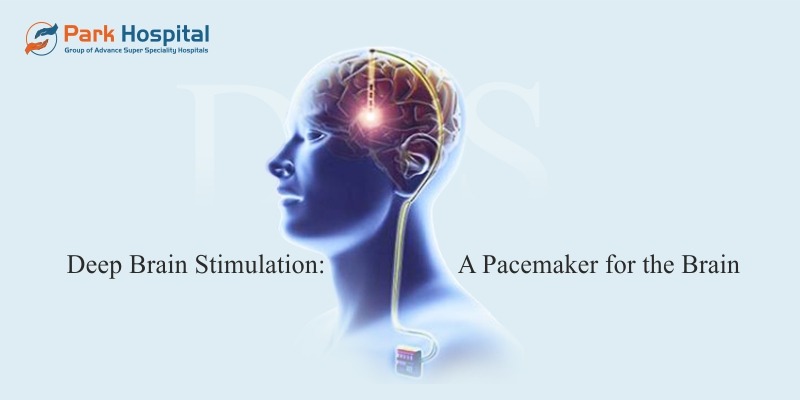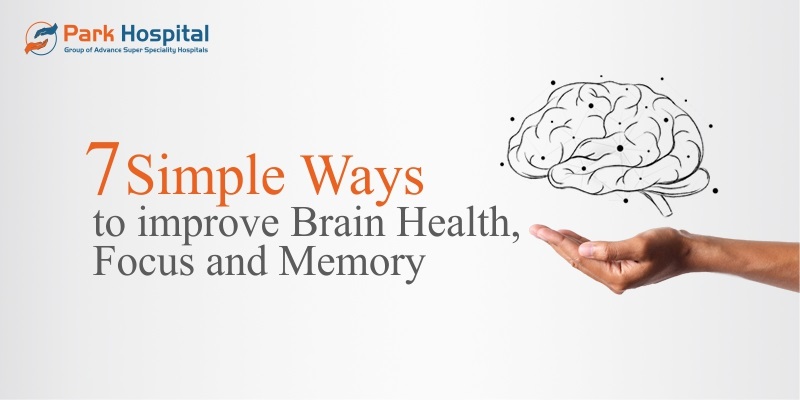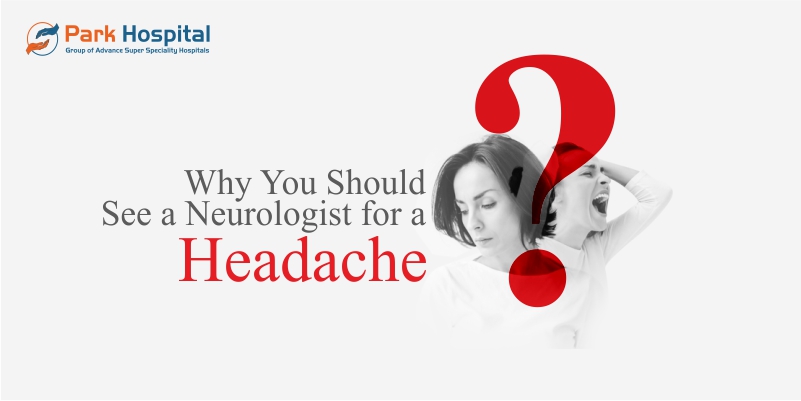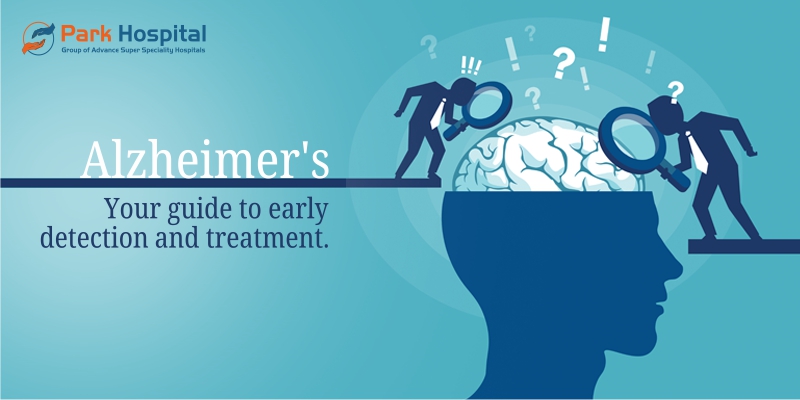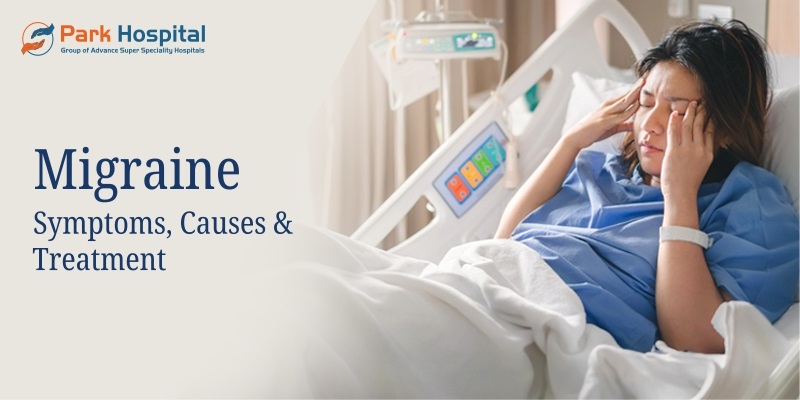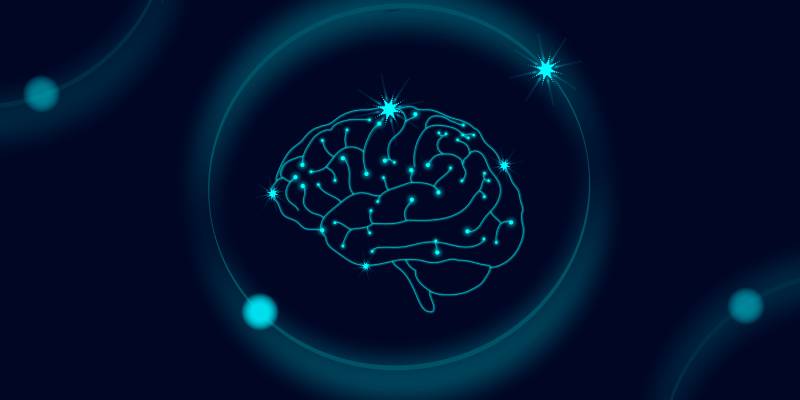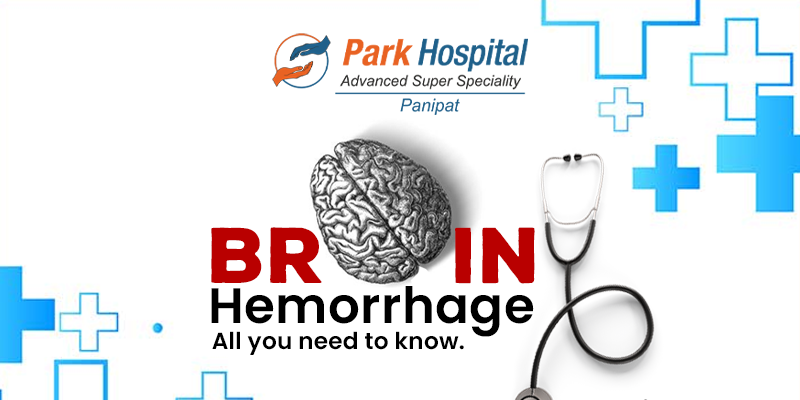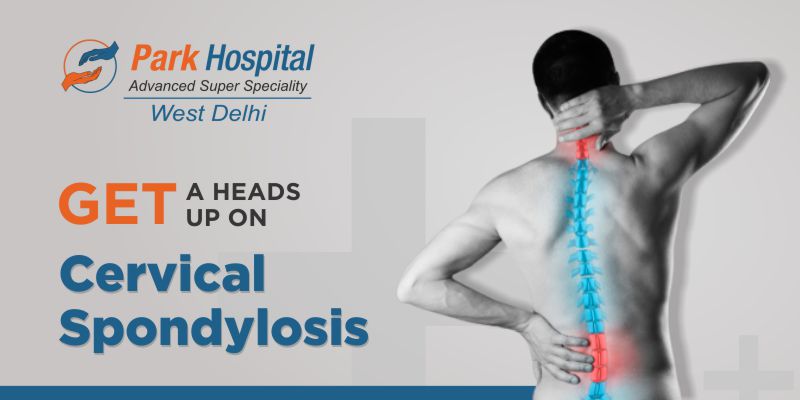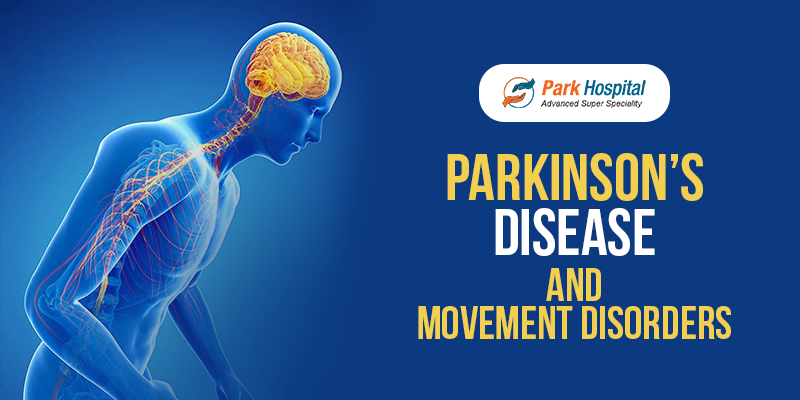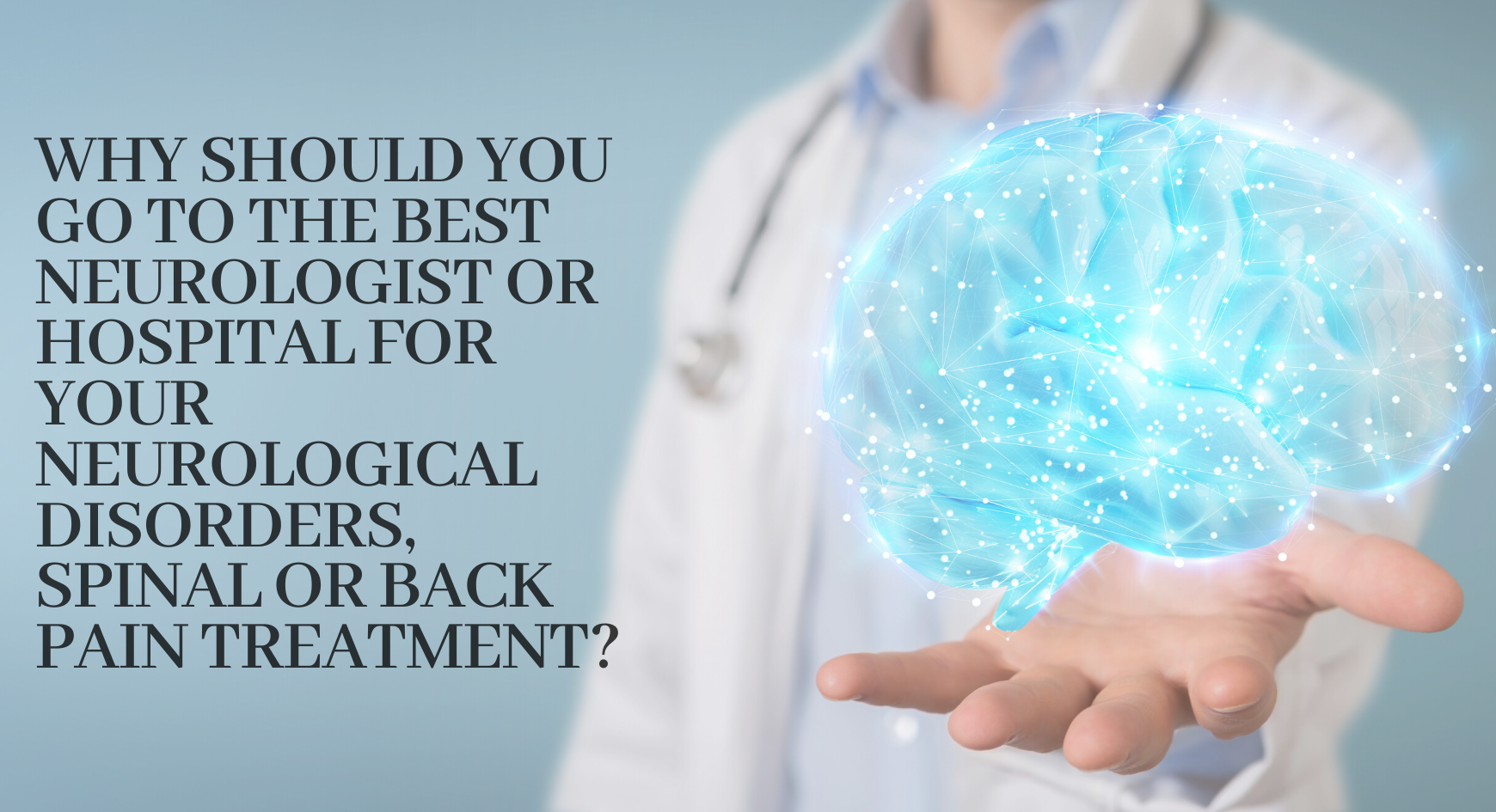Overview
Deep brain stimulation also known as DBS is as evident by the name itself, stimulation of the deep structures of the brain. The stimulation is done by placing electrodes in certain areas of the brain according to the required treatment goal. It has been used since the 1980s for the management of movement disorders.
Mechanism
It causes modifications to the way that basal ganglia structures and pathways fire. It has been studied that DBS typically activates afferent axons, which, depending on the stimulated basal ganglia route, can either activate or inhibit subsequent neurons. An electrode is connected by a subcutaneous wire to a pacemaker-like device called an implantable pulse generator (IPG), which is inserted beneath the skin on the chest wall (usually subclavicular) Clinicians set the stimulation parameters after DBS implantation using a computer that connects with the IPG transcutaneously. There are four stimulation parameters such as amplitude, frequency, and pulse width, which deliver stimulation from the electrodes to the part of the brain where it is required. For movement disorders, the targeted areas are the subthalamic nucleus (STN) and globus pallidus interna (GPi)
Where can it be used?
Literature studies have proven that the following conditions can be managed significantly with DBS: -
- Essential tremor - It has been demonstrated that DBS of the thalamus's ventral intermediate nucleus (Vim) reduces the symptoms of essential tremor, resulting in a stable and long-lasting decrease in tremor
- Dystonia – DBS primarily targets the internal section of the pallidum in the treatment of intractable primary dystonia (GPi). However, the existence of neurodegenerative lesions in the pallidum, which frequently accompany secondary dystonia, also indicated that DBS of the thalamus may be as effective
- Parkinson - DBS therapy significantly ameliorates the cardinal features and its drug-induced side effects
- Obsessive-compulsive disorder - the anterior limb of the internal capsule is targeted to significantly improve the OCD symptoms with only minor adverse effects
- Epilepsy - DBS in the medial temporal lobe reduced interictal spikes by 50% and decreased seizure frequency over the long term.
Further research needs to be done in the following conditions to quantify the efficacy of Deep brain stimulation:-
- Chronic pain
- Postural stability
- Gait impairments
- Tourette syndrome
- Huntington's disease and chorea
- Cluster headache
Does this have any side effects?
Increased anxiety and/or depression, mood elevation (including hypomania), altered cognition, and sensory effects (often orofacial) were some of the acute stimulation effects noticed. Changes in the stimulation parameters were able to undo each of these negative effects.
Future developments
The following are the areas for improvement for DBS:
- Improvements in the electrode – Reduction in the size of the electrodes can greatly improve the accuracy of the stimulation
- Interleaving of pulses – experiments can be done to find out if two different pulses given simultaneously reduces the two prominent symptoms being targeted
- Optogenetics - With the help of optogenetics, it is possible to distinguish precisely between the activation or inhibition of afferent fibres versus efferent fibres and the neuronal cell bodies. Optogenetics has already contributed to our understanding of the nigrostriatal pathway's function in motor control and its malfunction in Parkinson's disease
- Observed effects of DBS in new targets - The pedunculopontine nucleus (PPN), which is caudal to the substantia nigra, has been researched as a DBS target for PD gait and postural problems
Conclusion
Deep brain stimulation is used as an adjunct to manage the symptoms, not the condition itself. It can remarkably reduce the clinical features that are untreatable through medications. Getting this therapy doesn't necessarily mean the symptoms will go away on their own. This treatment protocol still needs further research to improve its efficacy.
If your loved one is suffering from neurological diseases, consult the expert neurologists at Park Hospital. It is a trusted neuro hospital for treatment of neurological disorders owing to the latest technologies and experienced neurologists.

